By Daniel Leibowitz
Jan. 23, 2020 6:17 p.m.
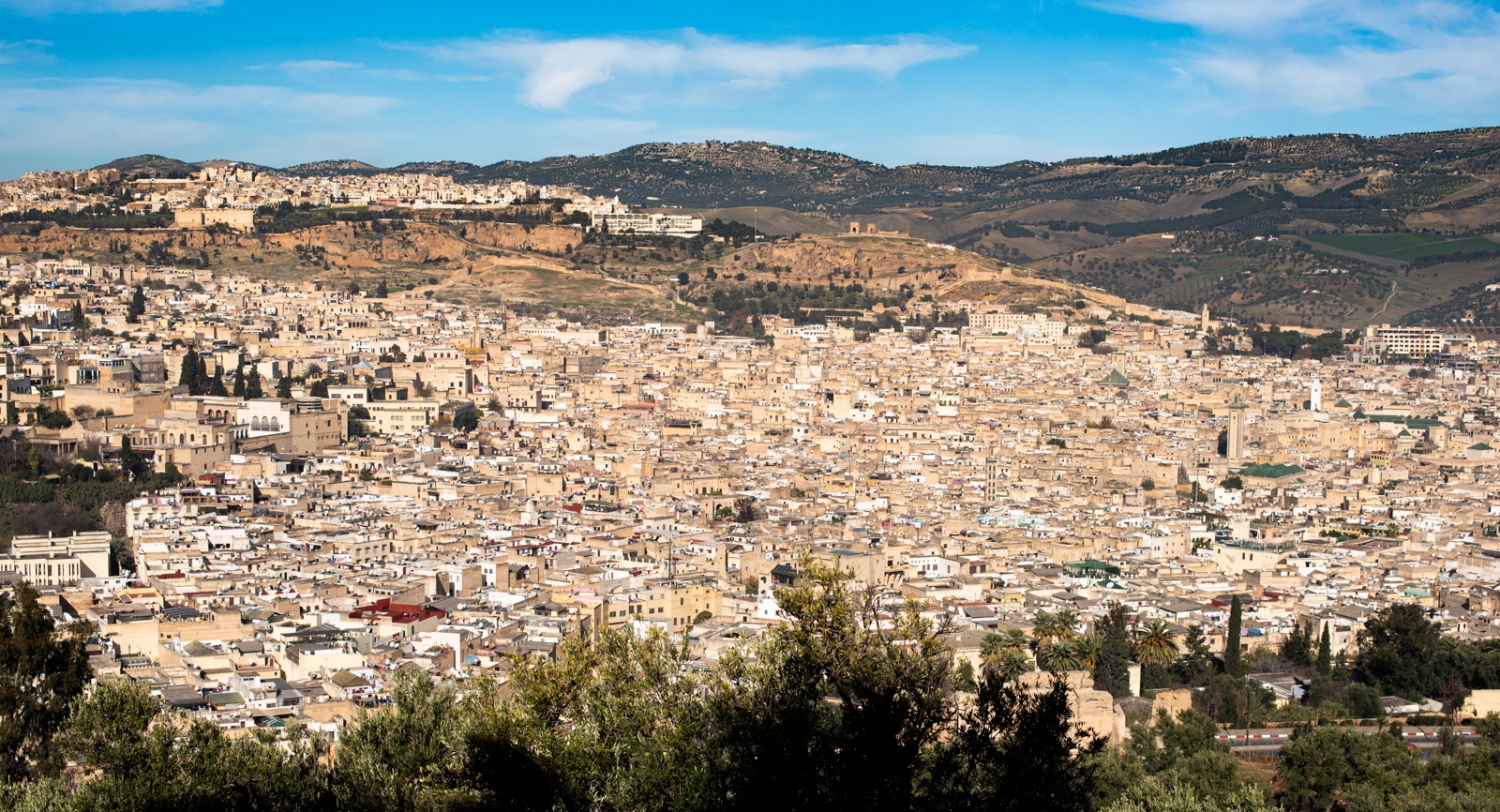
The old section of Fez, called the Medina of Fez, was originally founded around the late eighth and early ninth centuries by the Idrisid dynasty in Morocco. Though it was changed to the city of Rabat early in the 20th century, Fez is still considered the spiritual and cultural capital of the country.
(Daniel Leibowitz/Daily Bruin)
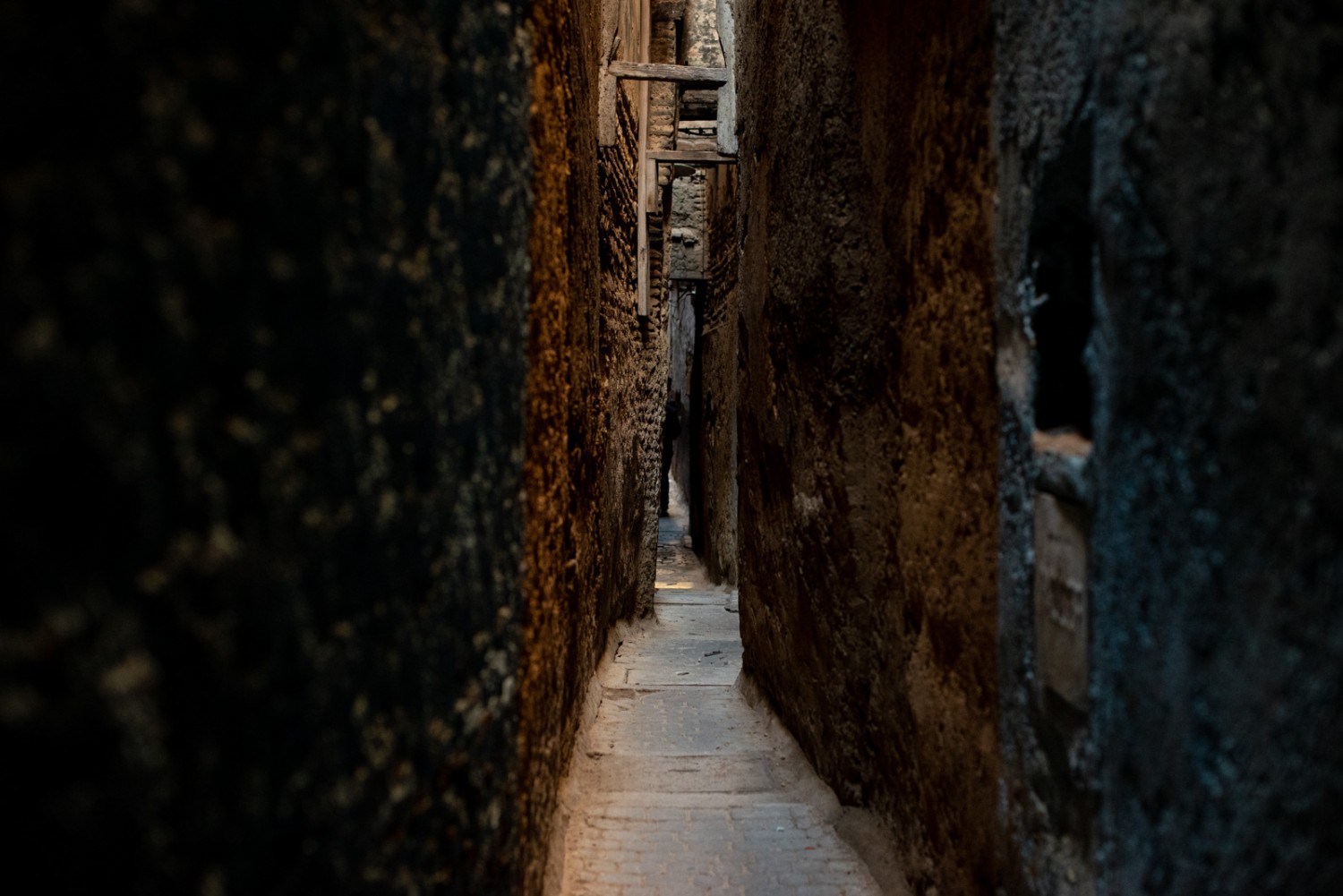
Hundreds of roads ranging from wide market walkways to narrow alleys between buildings such as this form a labyrinthlike network connecting Fez’s extensive marketplaces – or souks – with sites like madrassas, fondouks and mosques.
(Daniel Leibowitz/Daily Bruin)
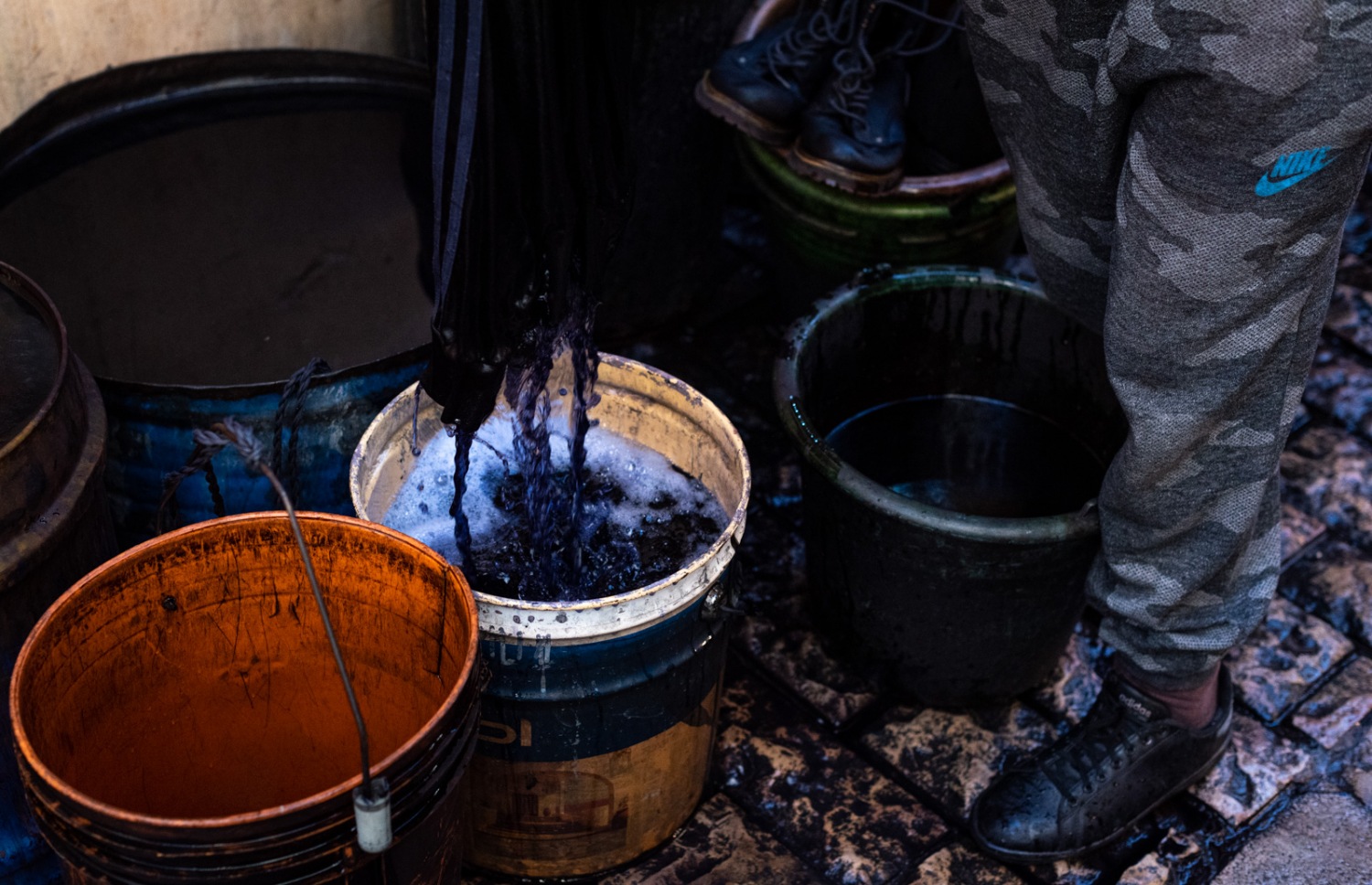
Craftsmen manually dye clothing in the souk using natural dyes derived from poppies, indigo and henna, to name a few.
(Daniel Leibowitz/Daily Bruin)
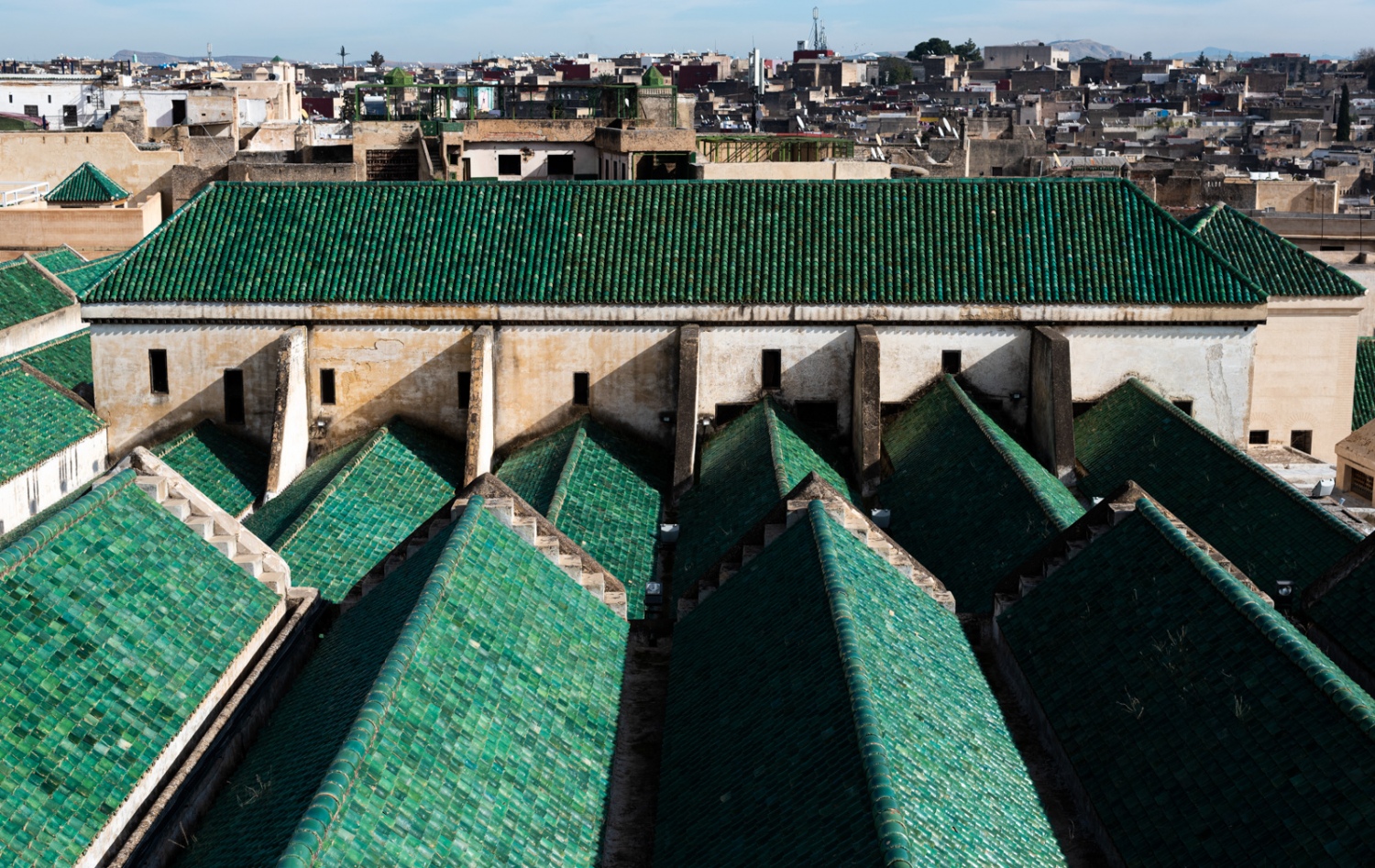
The University of Al-Qarawiyyin, which is located in Fez, is considered the world’s oldest existing, continually operating university. It was founded in the ninth century.
(Daniel Leibowitz/Daily Bruin)
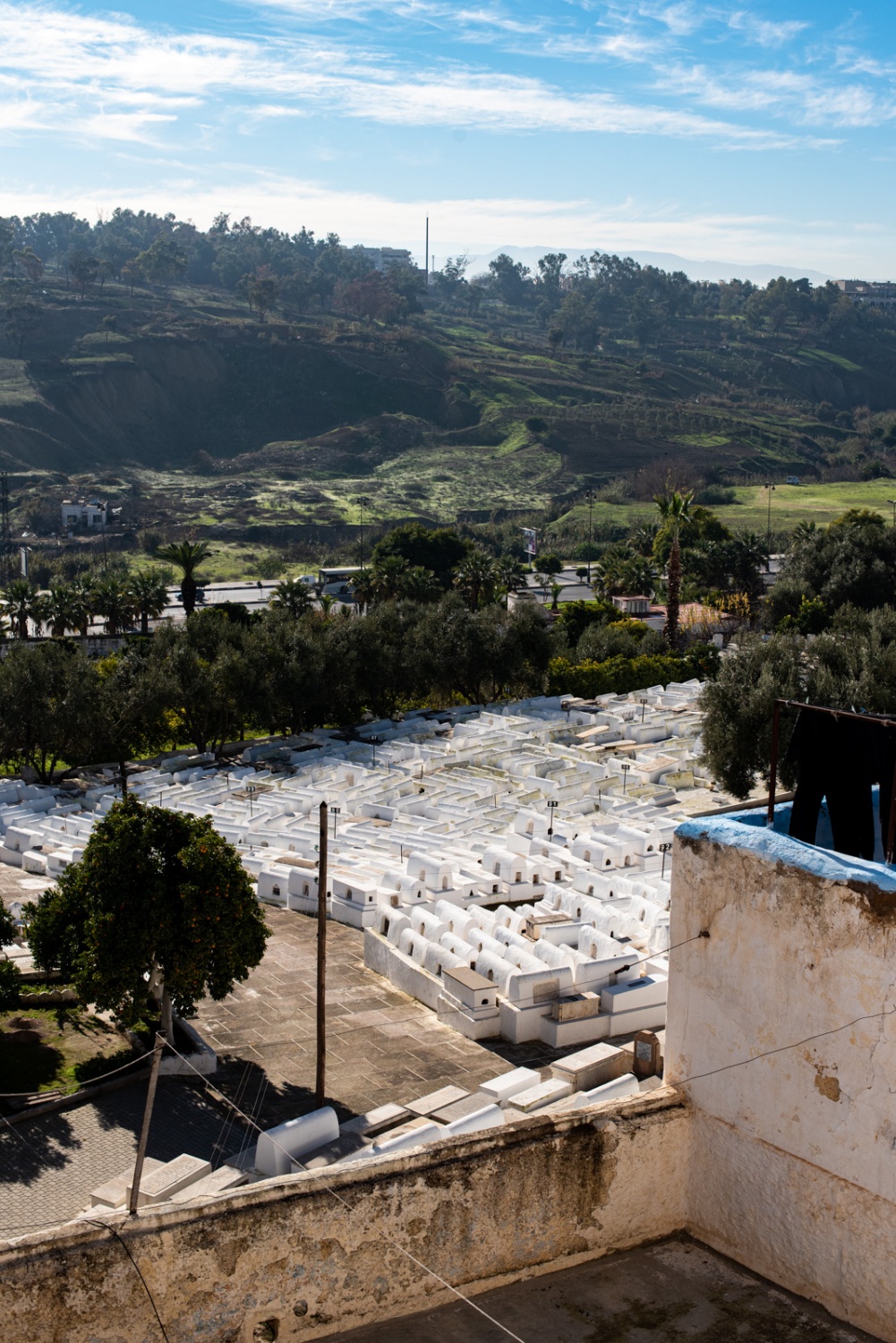
In a part of the medina called Fes el-Jdid there is a 19th-century Jewish cemetery consisting of thousands of tombs painted in brilliant white. Morocco has a rich Jewish history beginning with migrations of Jewish people from Spain and the Iberian Peninsula, especially during the 1492 Alhambra Decree, when Jewish people were expelled from Spain. At its peak during the 1940s, the Jewish population in Morocco exceeded 250,000 people.
(Daniel Leibowitz/Daily Bruin)
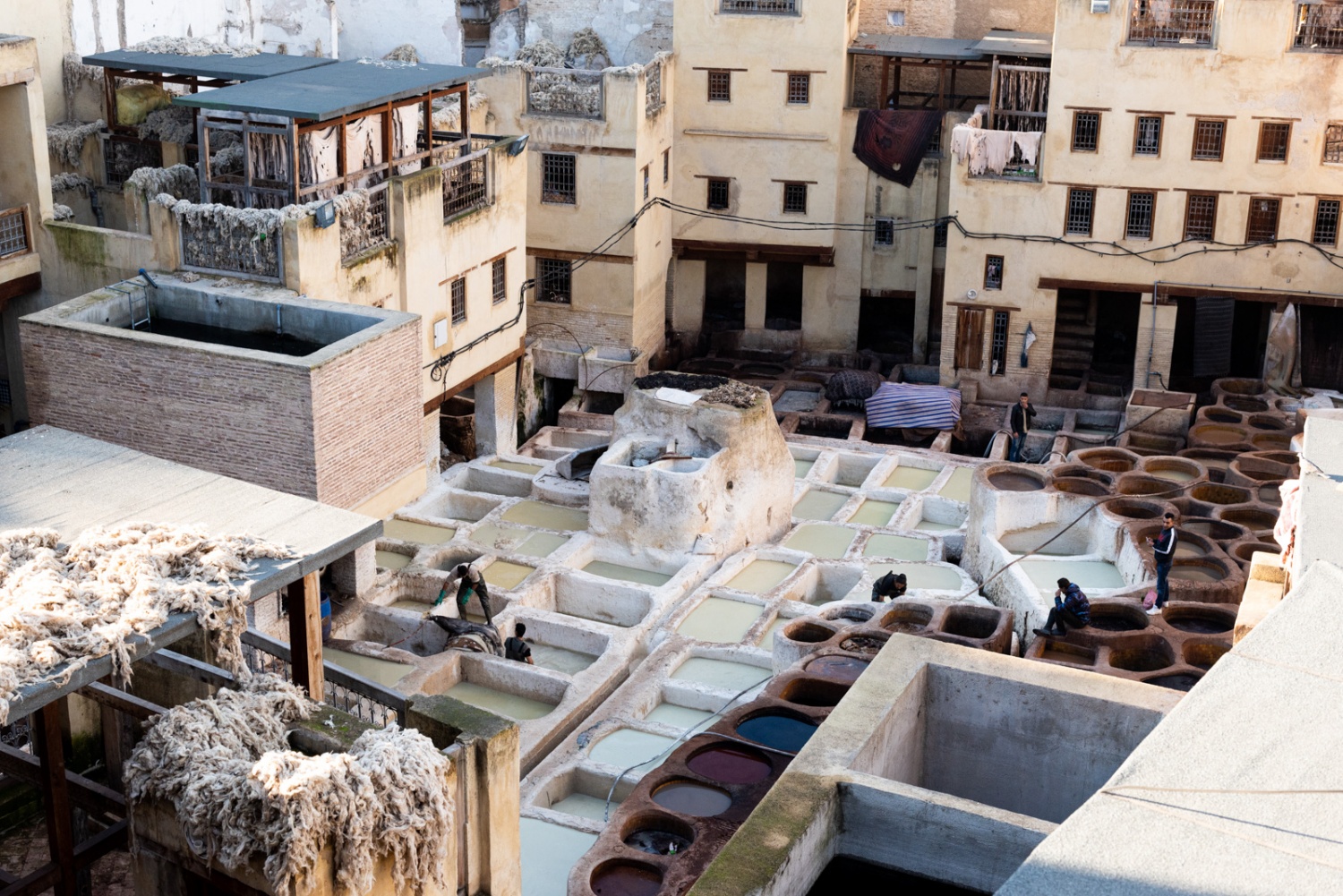
This tannery, which is located within the medina, is home to the traditional manual production of leather goods from start to finish, including the use of natural dyes.
(Daniel Leibowitz/Daily Bruin)
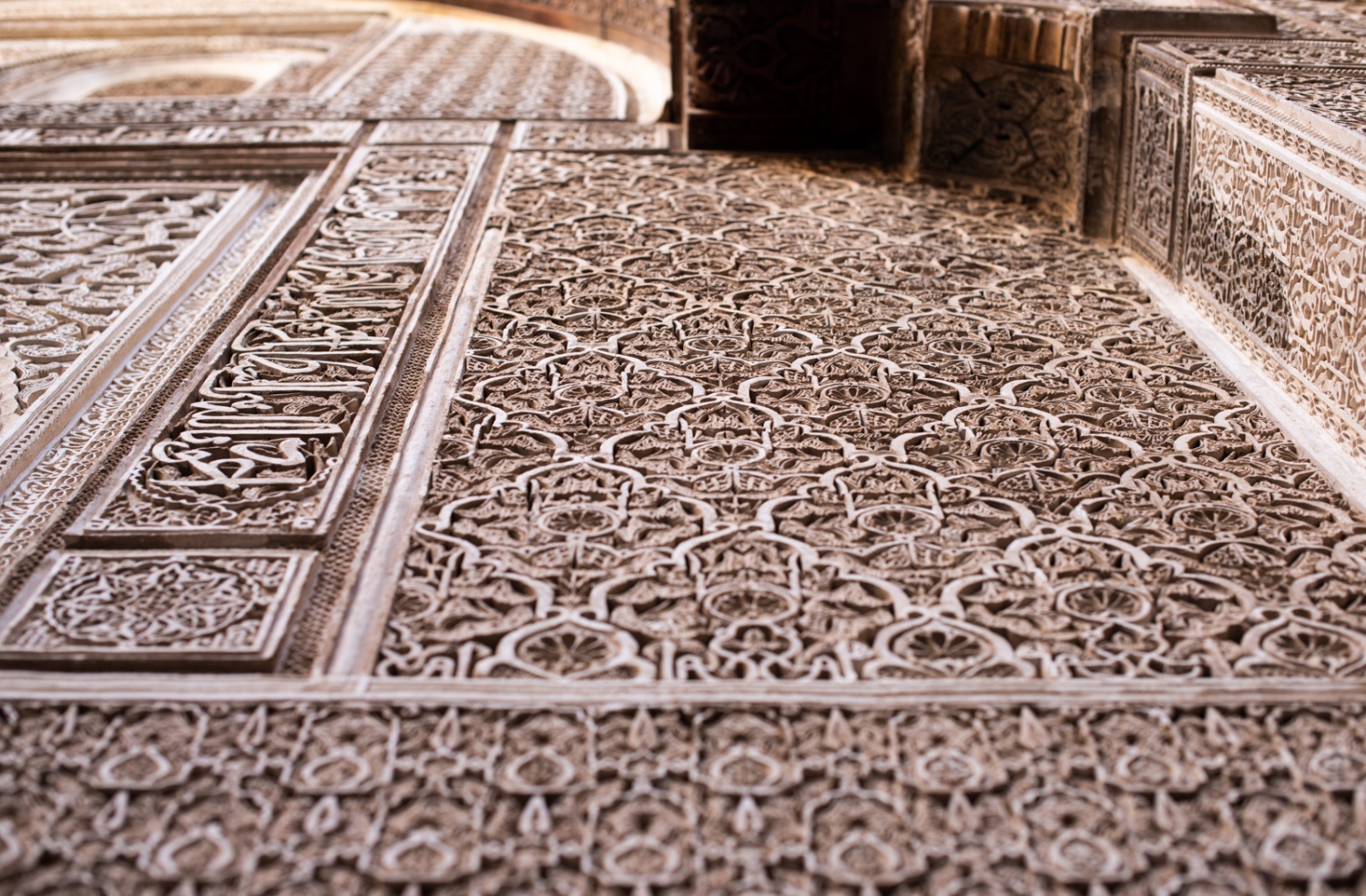
The fondouks, madrasas, mosques and historic residences in Fez exhibit Morocco’s world-renowned architecture and detailed craftsmanship. This is an example of the use of intricately carved gypsum to decorate walls and archways.
(Daniel Leibowitz/Daily Bruin)
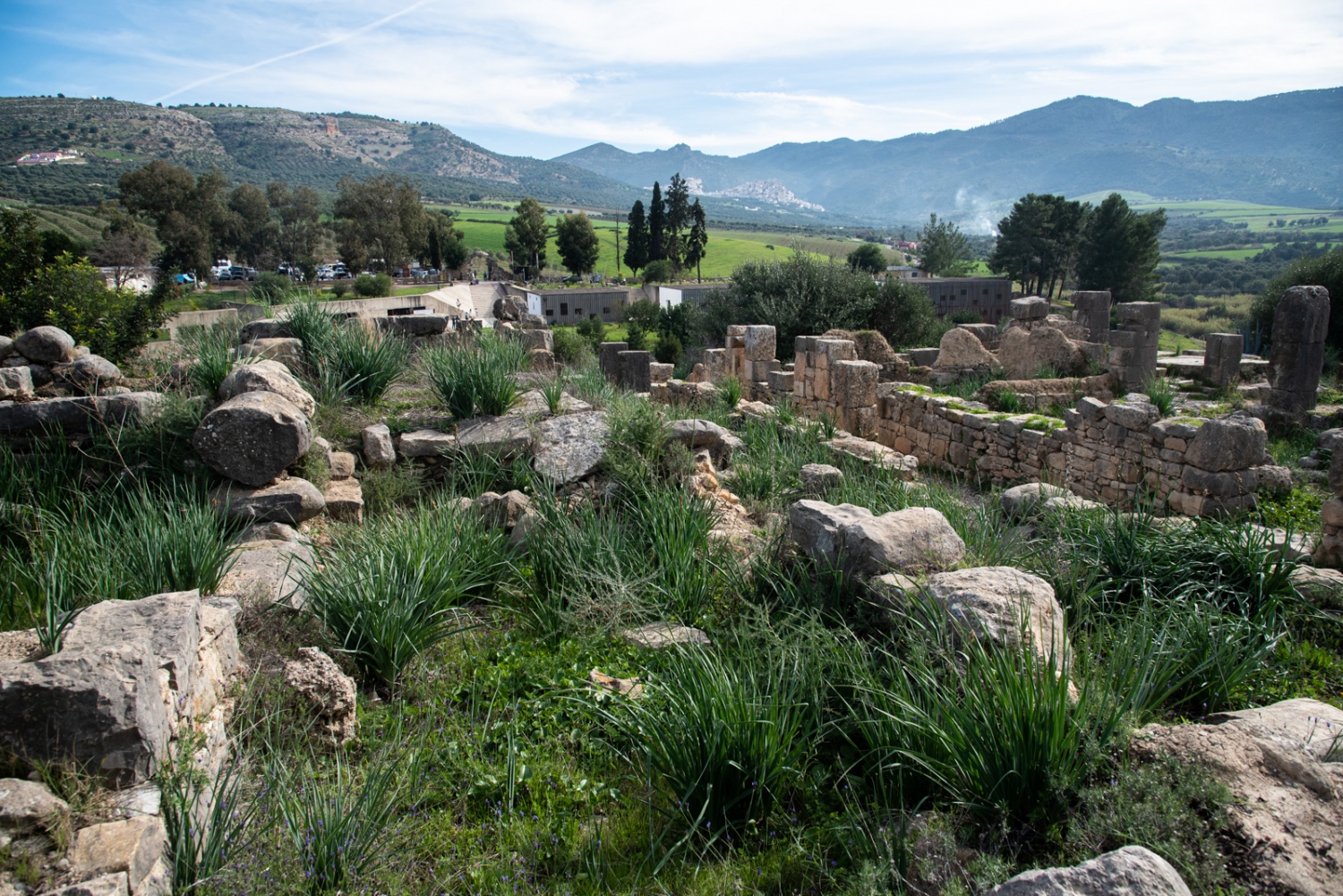
Like Fez, the ancient Roman ruins of Volubilis are a protected UNESCO World Heritage Site located between the cities of Fez and Casablanca in Morocco.
(Daniel Leibowitz/Daily Bruin)
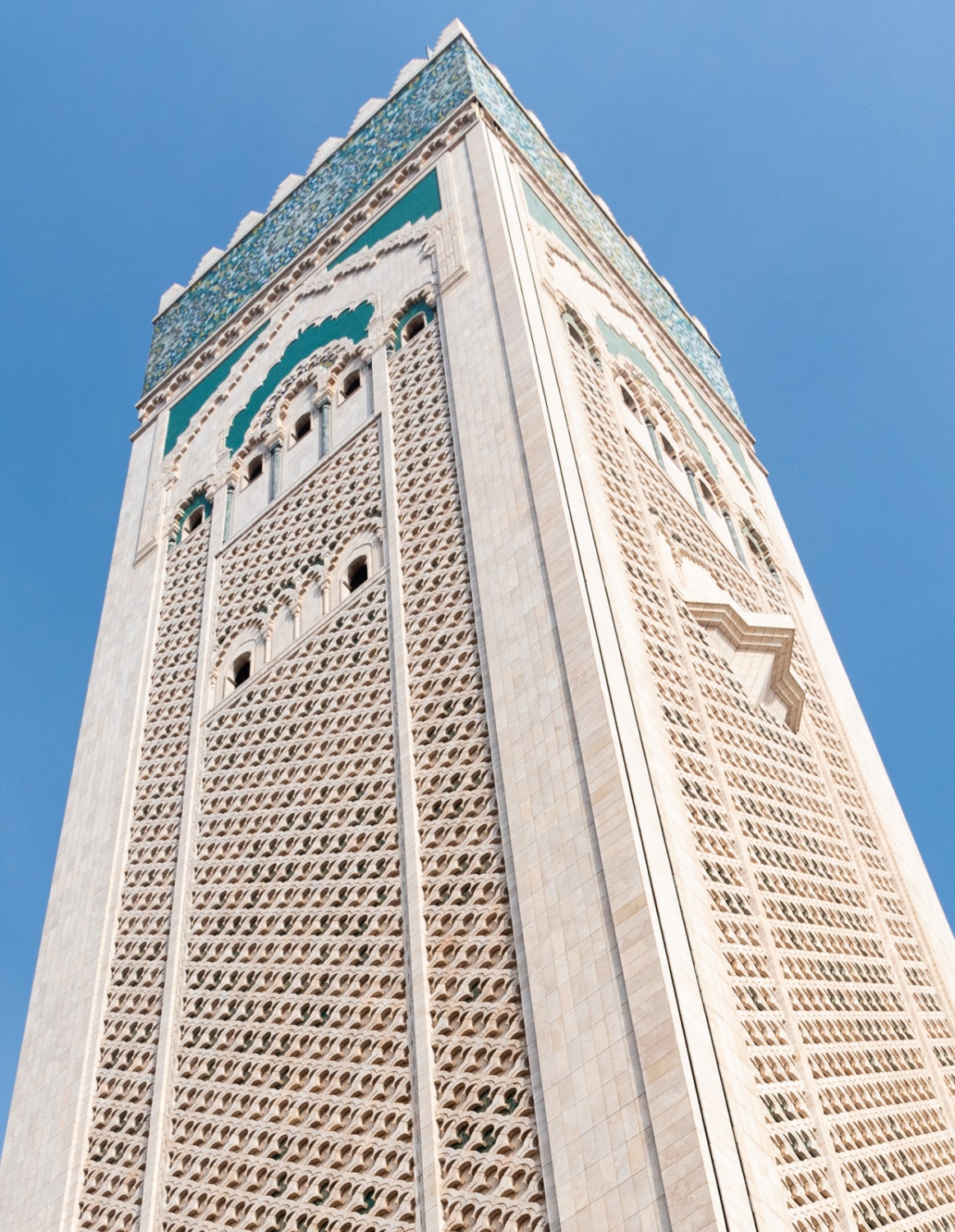
The Hassan II Mosque in Casablanca is one of only two Moroccan mosques that is open to people who are not Muslim. Its minaret is around 210 meters tall, making it a recognizable landmark for the city.
(Daniel Leibowitz/Daily Bruin)
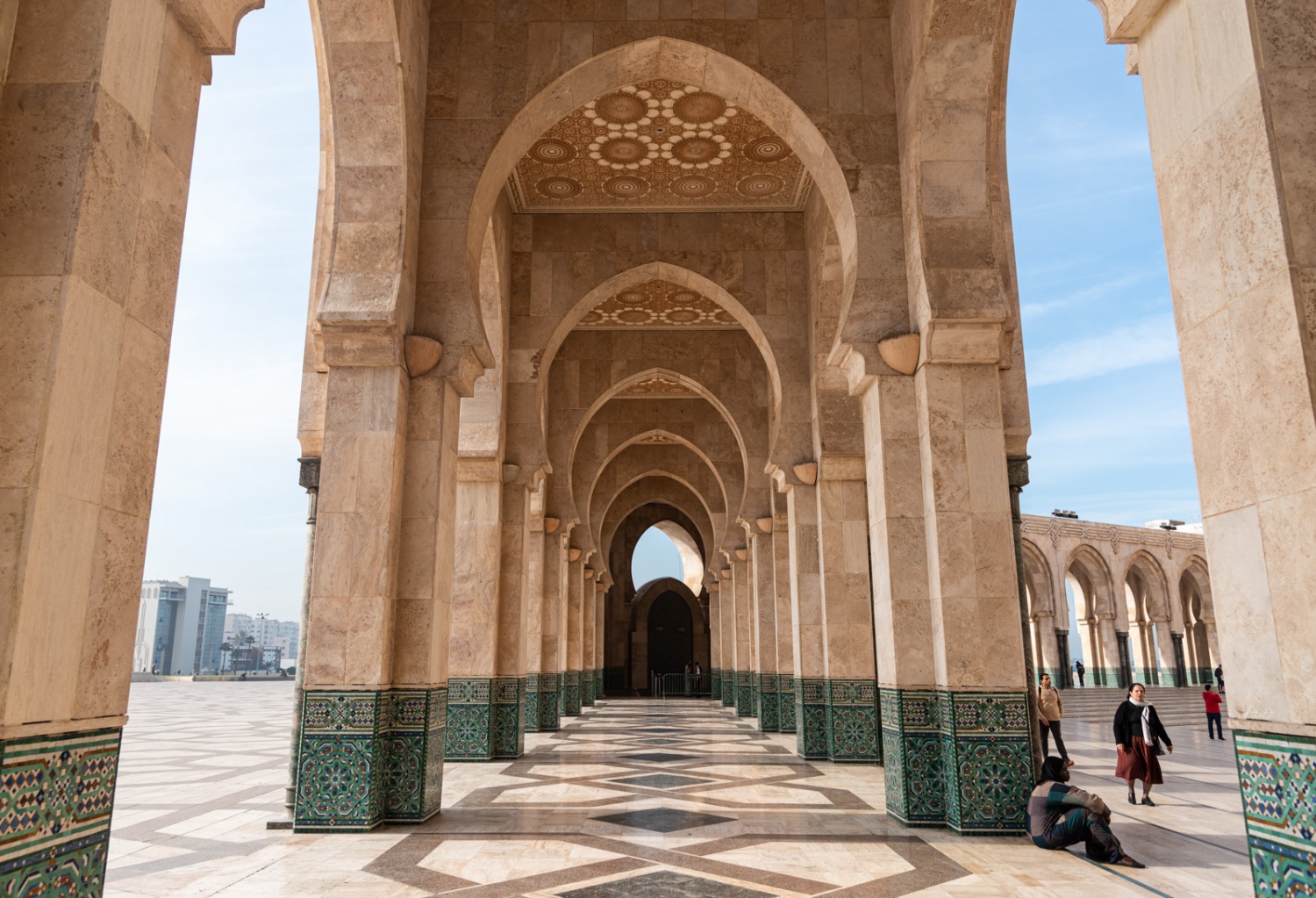
King Hassan II of Morocco commissioned the mosque, which French architect Michel Pinseau designed. The mosque was built in six years and completed in 1993.
(Daniel Leibowitz/Daily Bruin)
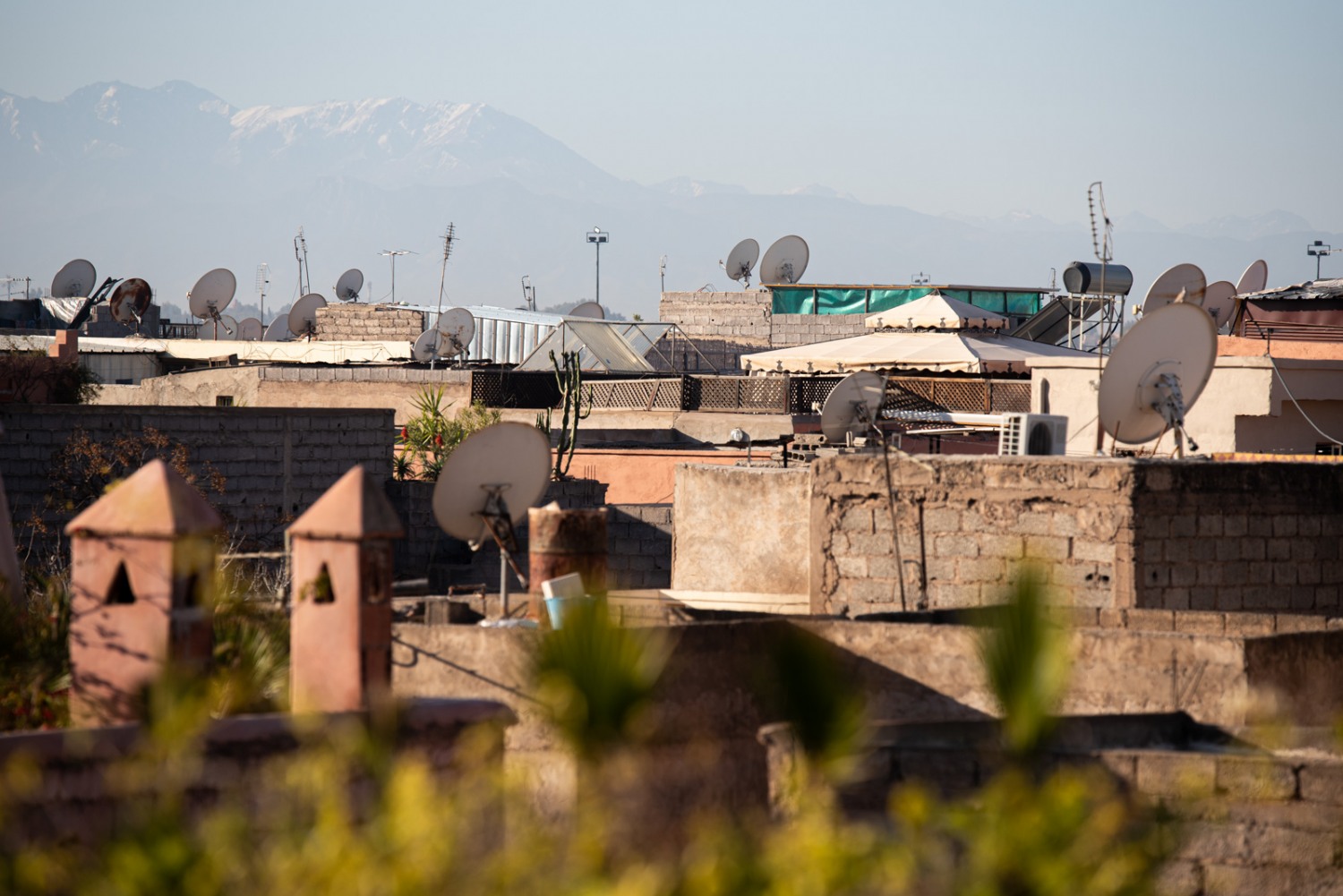
Marrakech, which is also called the terracotta city because of the earthy red color of most of its buildings, is the fourth-largest city in the Kingdom of Morocco. It displays a blend of the old and the new, with dozens of motorcycles driving among pedestrians in historic souks and thousands of satellite dishes mounted on the flat rooftops of the city.
(Daniel Leibowitz/Daily Bruin)
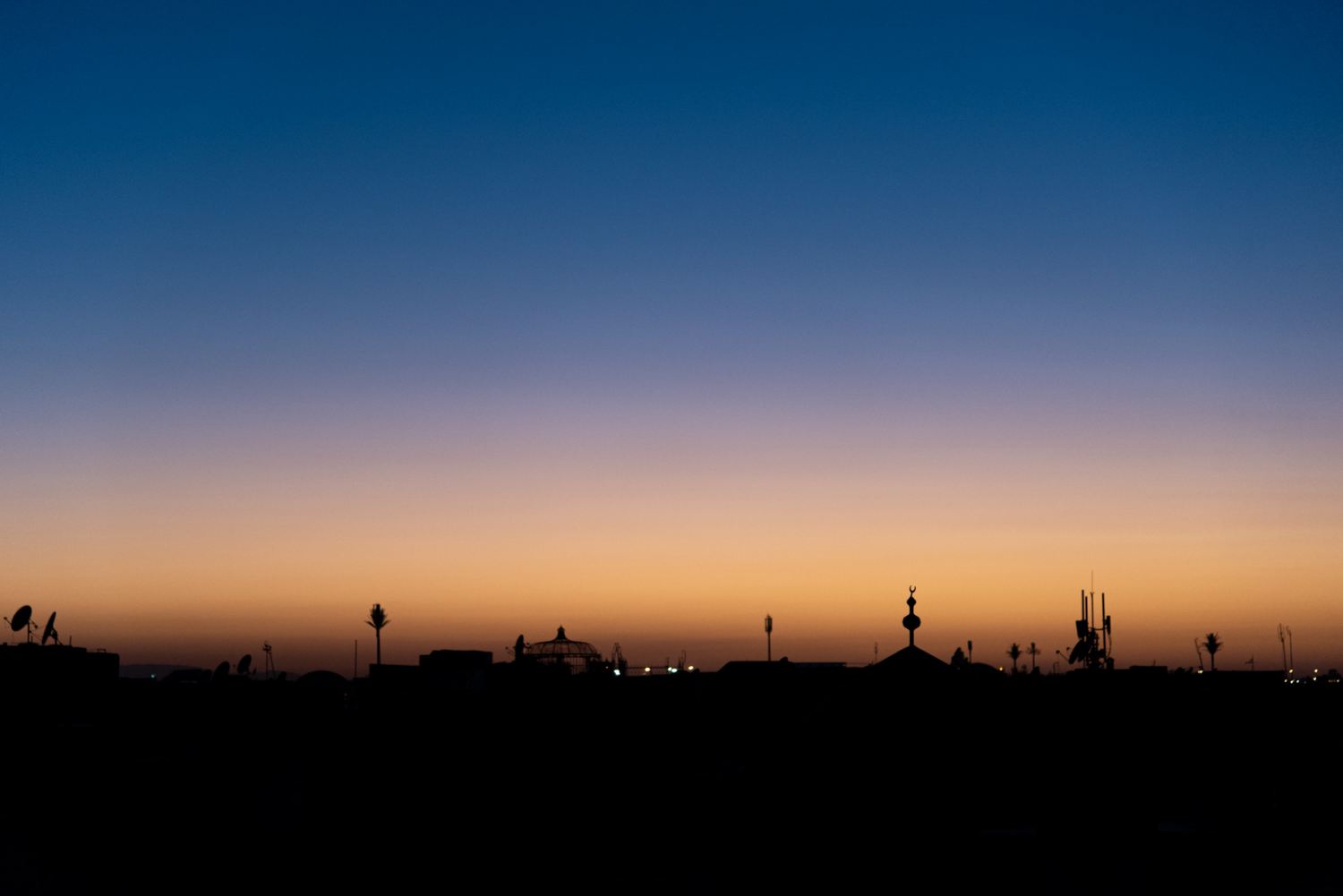
In Marrakech there is a height limit on all buildings set in place so that the highest buildings are always the minarets of the city’s mosques, contributing to a mostly flat skyline, according to a tour guide there.
(Daniel Leibowitz/Daily Bruin)
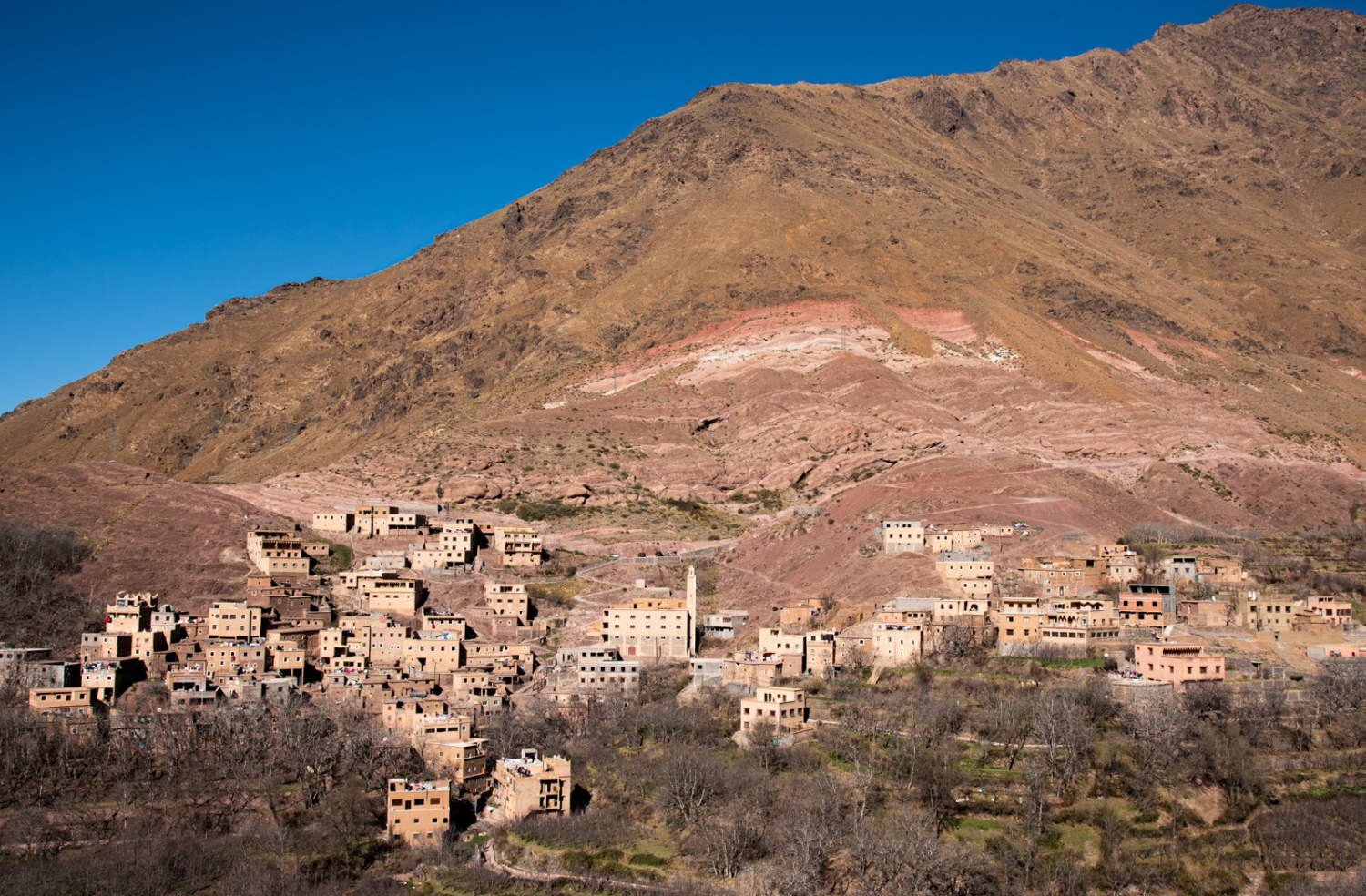
The high Atlas area of the Atlas Mountains, about two hours outside Marrakech, is sprinkled with small Berber villages. Berbers, or Amazighs, are an ethnic group of several nations native to areas of North Africa like Morocco.


